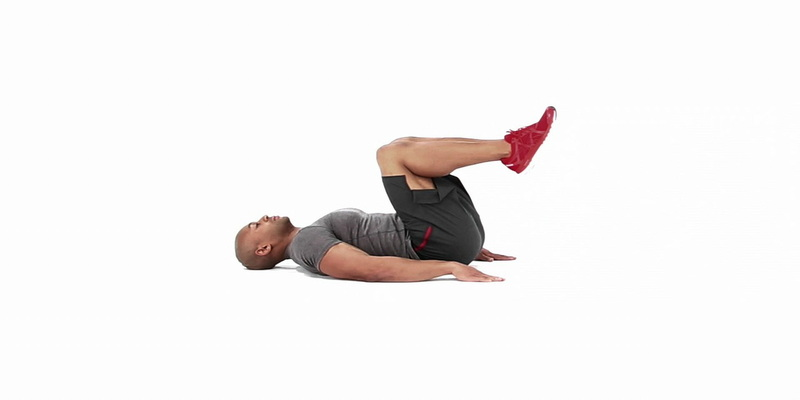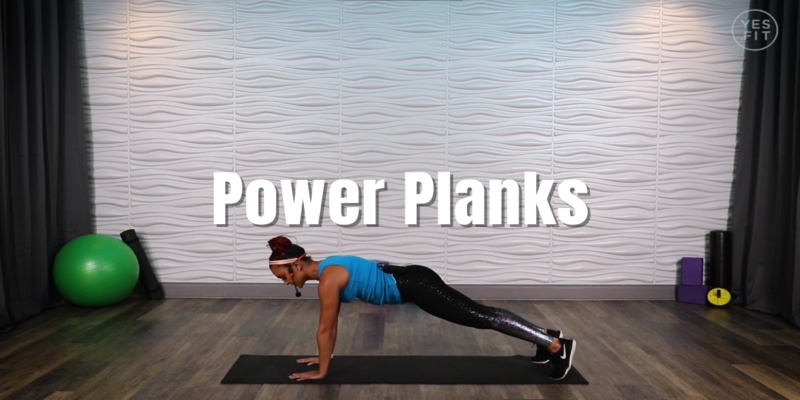It's fantastic news that you don't have to go to the gymnasium every day to stay in shape, but you may have heard phrases like "You don't need any equipment to enjoy a terrific workout" or "You can perform these bodyweight exercises at home," as well as wondered what they meant. However, this decision is not based only on practicality. Your body is a terrific piece of exercise equipment, despite the common misconception that strength training requires lifting big weights and groaning (just in case).
Advantages Of Bodyweight Workouts
In postmenopausal women that were at risk for diabetes, participating in high-intensity short bodyweight training (HIBWT) led in a rise in lean muscle mass, as well as changes in insulin resistance and inflammation. This was due to the fact that the exercise was performed using just the participant's own bodyweight. After engaging in low-intensity, steady-state lightweight exercise, young people have experienced a gain in lean body mass and a decrease in inflammation. This was observed in both groups (LISBET).
How To Perform A Bodyweight Exercise
Walking, marching in line, or side-to-side stepping are all great ways to warm up for the next five to ten minutes. This will assist in getting your heart rate up, blood flowing, as well as muscles and joints prepared for the more rigorous activities that are to follow. Depending on your level of conditioning, many exercises that use only your bodyweight can be repeated anywhere from 30 seconds to 2 minutes at a time.
Abdominal Crunch
Try one of these abdominal exercises or a core workout that lasts for twenty minutes if you are still working on strengthening your core power. Lie on your back with their knees bent as well as your feet straight on the floor while keeping a neutral spine position. This will allow you to perform a basic abdomen crunch. Put one fingertip on every side of your head, right behind each ear, and gently massage the area.
Reverse Crunch

Exhale as you lift your legs into the air while keeping a neutral spine position. Slowly lower with your hands by your sides. Bend your hips to around 90 degrees while keeping a neutral spine position. Imagine that you are standing on your toes and attempting to reach up and touch the ceiling. This is an alternate form of the standard crunch.
Superman
Position yourself so that you are lying on your stomach, with both arms stretched out in front of you, as well as your legs stretched out behind you. Raise your arms and legs off the ground by a few inches, then hold the position for a few seconds before returning them to the ground. If you notice any stiffness or pain in your lower back, pay attention to it because this could be a sign that your limbs are raised too high off the ground. This should be repeated for up to two minutes.
Pssh-Up
Perform four traditional push-ups while in the plank position (or with your knees on the floor if you're just starting out), keeping your abdominal muscles contracted and upper spine in a stable position. On the fifth push-up, lower your body until you are about halfway down and then maintain that position for four counts. After that, push yourself back up and repeat the sequence at least five more times for a maximum of two minutes.
Power Plank

Place your hands a little wider than your shoulders and your legs in a parallel posture, then pull your abs in and up to engage your core and keep your spine neutral so that your shoulders don't round, and your hips don't sag. Maintaining an extended posture through the cervical spine (neck) requires you to look down or a few feet in front of you while pressing into your hands to avoid "banana back." Hold this position for as long as possible, preferably for 2 minutes.
Conclusion
As Alabama University in Montgomery's physical science professor Michele Olson attests, the finest bodyweight exercises are more applicable to everyday life than those performed on a butt blaster machine. Moving about freely eliminates risks of losing weights or breaking tools, as Olson explains. We may improve our productivity in the workplace and in everyday life through training in functional approaches.




